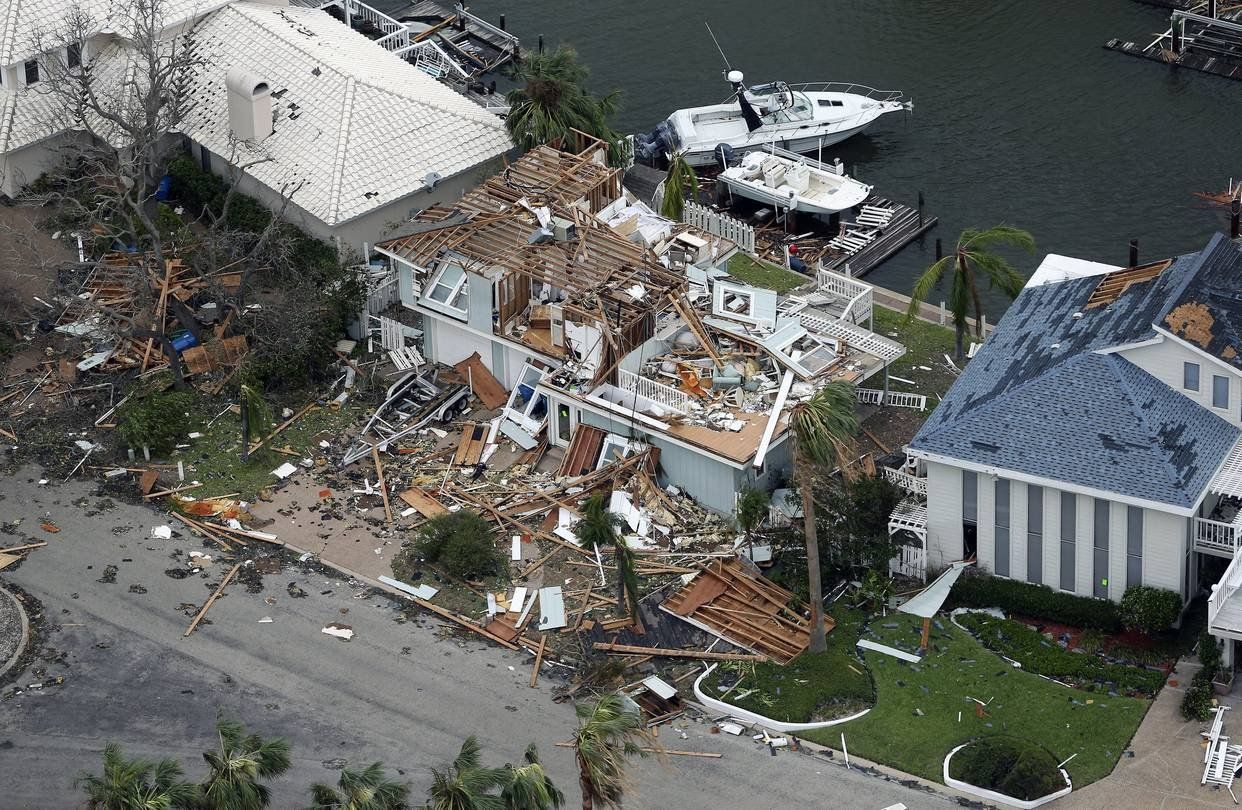
Following a major natural disaster, there’s no better way to quickly assess damage than by aerial survey. But companies doing that work following 2017’s intense hurricane season found that while flying the drones is easy, preparing the operation and sorting the data is anything but.
At a panel program on drone use during last season’s hurricanes, three experts in the field told a uniform story: Logistics and planning take far more effort than launching and flying a drone. “If you think you’re going to show up with a drone under your arm and be a superhero, it doesn’t work that way,” said Chris Todd, who owns Miami-based Airborne Response, a UAS company. Other drone companies ran into similar problems.
“The challenge we ran into in Texas is that we don’t have an airspace plan. Florida has an airspace plan,” said Justin Adams, president of the Center for Robotic Search and Rescue. He said damage assessment flights were frequently delayed while operators worked out access to the airspace, a process complicated by the lack of internet access and reliable communications. Adams, Todd and Jarrett Broder of Florida State University all agreed that logistics worked out ahead of time are essential if drones are to be useful in post-storm work.
So is understanding how to process and distribute the massive amount of imagery drones are capable of collecting on even a short flight. Who gets the data? How is it indexed and geo-referenced? “Data processing is just as important as the flying. If an operator flies for hours, all he wants to do is eat and go to bed,” said Broder. But once the flying is done, the critical job is to get the imagery to the state and local agencies that can use it.
All three said flying is the least challenging part of the post-storm response. Positioning supplies, finding fuel and housing and coordinating flight assignments to best effect is far more difficult. For more information, listen to this podcast recorded with Chris Todd at AUVSI this week.


































